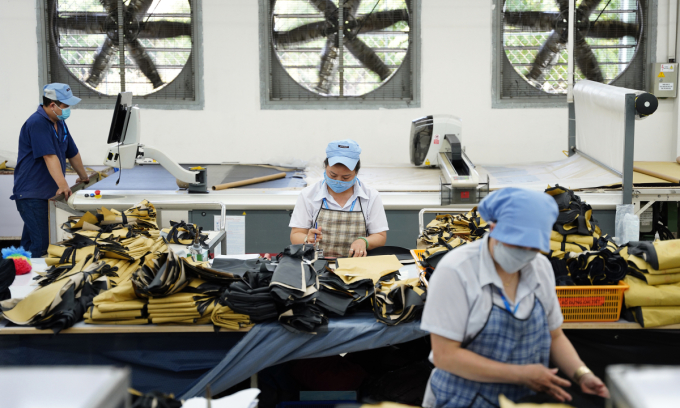Vietnam’s economy experienced a remarkable growth rate of 7.4% in the third quarter of 2024, marking the highest growth recorded in two years.
This growth comes despite the devastation caused by Typhoon Yagi in September, which affected major manufacturing hubs and resulted in over 250 fatalities.
While this surge in economic performance is noteworthy, analysts express concern that a slowing US economy could diminish demand for Vietnamese products such as laptops and smartphones. This potential decline could hinder Hanoi’s ambitious goal of transforming Vietnam into a prosperous nation, an aspiration that seemed well within reach earlier this year, according to The Economist.
Often regarded as a significant beneficiary of the China-US trade war, Vietnam has forged strategic partnerships with both global powers. As the country approaches a leadership change in 2026, The Economist emphasizes the need for ongoing reforms to mitigate the challenges posed by geopolitical tensions and a rapidly aging domestic population.
According to the General Statistics Office (GSO), Vietnam’s GDP growth for the third quarter, although lower than the previous year’s 13.67% and higher than the -6.17% recorded in Q3 2021, reflects resilience in key sectors. The industry and construction sectors grew by 9.11%, while the services sector saw a 7.51% increase compared to the same period in 2023. These sectors contributed nearly half of the growth during this quarter.
However, the agricultural sector struggled, growing only 2.58% due to the impact of Typhoon Yagi, which marked the slowest growth in this sector in three years. Over the first nine months of 2024, the overall GDP rose by 6.82% compared to the same period last year, with the agriculture, forestry, and fishery sector growing by 3.20%.
Inflation remained relatively controlled, with the average consumer price index (CPI) rising by 3.48% in Q3. Year-to-date, the CPI increased by 3.88%, while overall inflation stood at 2.69%. Vietnam recorded a positive balance of trade, with a surplus of $20.8 billion in goods, although there was a services trade deficit of $9.2 billion during the same period.
Nguyễn Thị Hương, the GSO director general, credited the efforts of the Vietnamese people, government, and state in maintaining stable growth despite the agricultural challenges posed by Typhoon Yagi. She expressed optimism for the remainder of the year, asserting that positive trends across various sectors could support further growth.
The Prime Minister has set a GDP growth target of 7% for the year, and with the current trajectory of 6.82%, this goal appears achievable. GSO’s price statistics department head, Nguyễn Thu Oanh, indicated that inflation is likely to remain manageable, aligning with the National Assembly’s target of 4-4.5%.
To sustain low inflation, Oanh emphasized the importance of monitoring global economic conditions and preparing for potential disruptions in supply chains. Measures include ensuring adequate supplies for key industries and carefully regulating the prices of raw materials, such as electricity.
With input from Semafor, Viet Nam News, and VnExpress.









